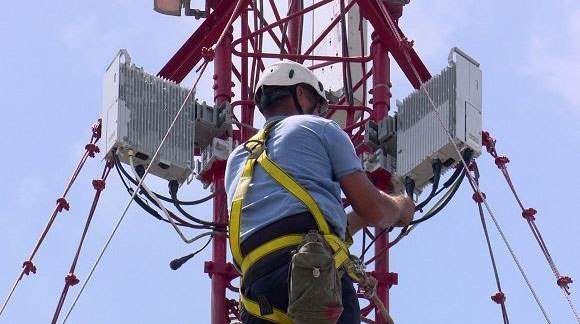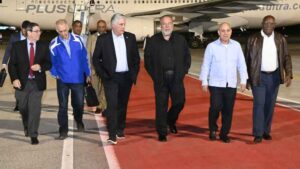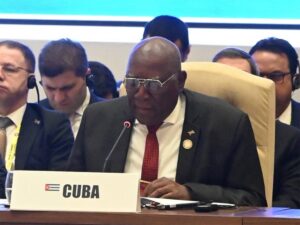The Cuban Telecommunications Company S.A (ETECSA) in Ciego de Ávila continues with investments in the sector as part of the national program for the informatization of society, in spite of material difficulties.
The installation of five mobile telephony radio bases, mainly in rural areas, such as Vicente, in the capital municipality; Miraflores and Yarual, in Bolivia, and in the town of Primero de Enero, are among the works carried out to date and aimed at expanding the Internet access network.
Wilfredo José Rodríguez Rodríguez, ETECSA director in Ciego de Ávila, told the Cuban News Agency (ACN) that before the end of the current year, two more will be installed, also in areas far from the municipal capitals: one in the Popular Council of Mamonal, in Majagua, and the other in Los Naranjos, in Ciro Redondo.
This technology, 2G and 3G (second and third generation, respectively), strengthens the cellular network service, which every day increases its demand in the territory and today benefits 230 thousand Avilanians with mobile telephony, added Rodríguez Rodríguez.
In the whole geography of Ciego de Ávila there are currently 60 radio bases for 4G, another 128 for 3G and 99 for 2G, equipment that, undoubtedly, create the support to favor the provision of 5G in the future, said the executive.
He informed that about three million pesos have been invested every month of this year with the aim of strengthening the infrastructure and broadband coverage to reach more places.
Another of the services in which work has also been done is Nauta Hogar, in this case the growth has been in La Yuca, belonging to the municipality of Ciro Redondo, and in the neighborhood of Canaleta, in the capital city.
As part of this process of informatization of Cuban society, access to the network from the comfort of the home is being enjoyed in the 10 municipalities of the province, including Popular Councils and rural communities.




